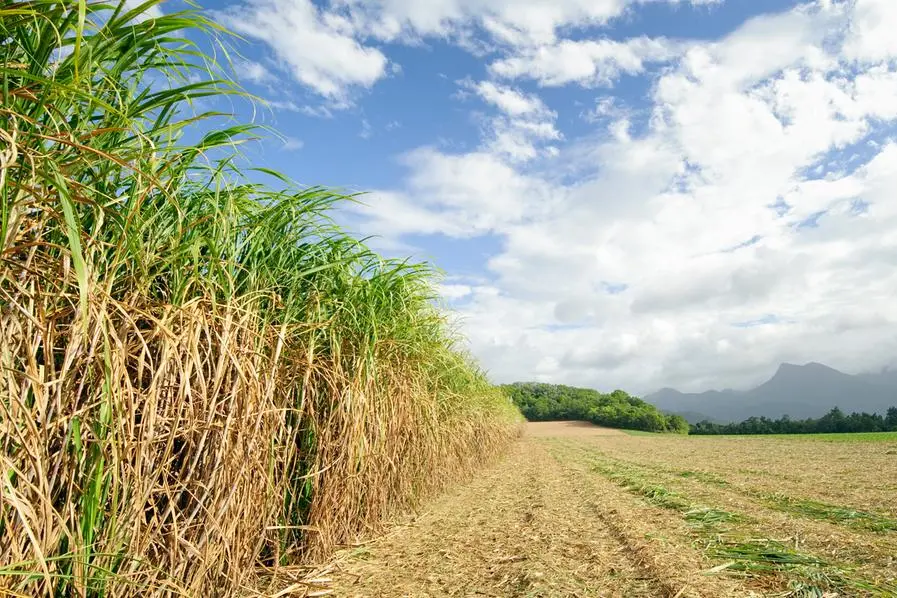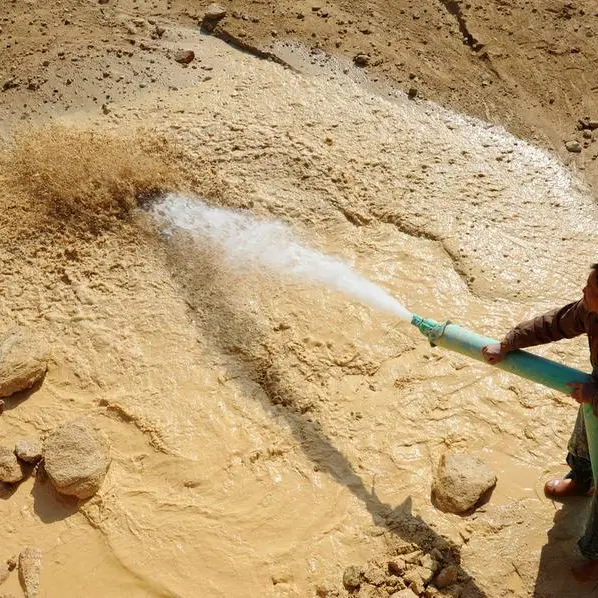PHOTO
Contrary to local projections, the United States Department of Agriculture (USDA) sees higher Philippine sugar output in the next crop year as farmers are encouraged by high prices, coupled with better fertilization.
In its latest sugar report, the USDA's Foreign Agricultural Service (FAS) has forecasted that the Philippines' raw sugar production may reach 1.9 million metric tons (MT) in the succeeding crop year beginning September.
'Higher prices encouraged more farmers to plant sugarcane and better fertilization is expected to result in higher production,' it said.
This comes from a downgraded projection of 1.83-million MT output in the current crop year, 20,000-MT lower than the 1.85-million MT estimate.
The FAS said its projection is aligned with the Sugar Regulatory Administration's adjustment at 1.831 million MT from the forecast of 1.876 million MT, as noted in Sugar Order 1 (SO1).
'The effects of weather disturbances and low fertilization drastically affected sugarcane production. Raw sugar recovery was lower during the early milling in September, which caused the processing of immature cane. The milling schedule started early in August 2022 to take advantage of high prices,' it said.
The FAS report, however, made no mention of the El Niño phenomenon, which is expected to happen in the latter part of the year, coinciding with the planting season of sugarcane in the next cropping season.
SRA board member-planters' representative Pablo Luis Azcona earlier said the impact of El Niño would be felt next season.
The United Sugar Producers Federation (UNIFED) had also warned that sugar output could go down by five percent due to a mild El Niño and by as much as 15 percent if it turns out to be severe.
The FAS also projected sugarcane area to go up slightly next crop year. From 388,000 hectares in the current crop year, it raised its estimate to 390,000 hectares in the next season.
'The prevailing high prices encouraged farmers to plant sugarcane instead of shifting to other crops like, corn, cassava, and bananas. Sugarcane planting starts in October and ends in May,' it said,
It also expects limited exports to resume in 2024 given high production and high carryover stocks.
'The high carryover stocks due to importation plus the expected increase in production may encourage sugar exports. After three years of not allocating sugar to the United States tariff rate quota, the Philippines may consider 60,000 MT exports for MY (marketing year) 2024,' FAS said.
'In the past, six to seven percent of total production is allocated for the US quota. Posts forecast at least two boat loads of 30,000 MT each to be shipped to the United States in MY 2024,' it said.
In terms of imports, the USDA-FAS forecasts the import of 240,000 MT of refined sugar next crop year, lower from the revised projection of 655,000 MT for the current season.
Next crop year's importation is seen 'to stabilize consumer prices and provide two months of buffer stocks,' it said.
Following the 240,000-MT buffer stock from the SO6 import program, the USDA-FAS sees lower mill site prices, which will translate to lower wholesale and retail prices.
SRA issued SO6 earlier this year allowing the importation of 440,000 MT of refined sugar to address high retail prices.
However, the USDA-FAS said it has failed to address the high retail prices that affected the consumers and food manufacturers.
'To date, SO6 remains a controversy, having only three traders approved to import sugar. The current SRA administrator resigned effective April 15, a repeat of what had happened in MY 2023 with the controversial SO4 (importation of 300,000 MT of refined sugar), and resignation of all the SRA board members,' it said.
Copyright © 2022 PhilSTAR Daily, Inc Provided by SyndiGate Media Inc. (Syndigate.info).





















